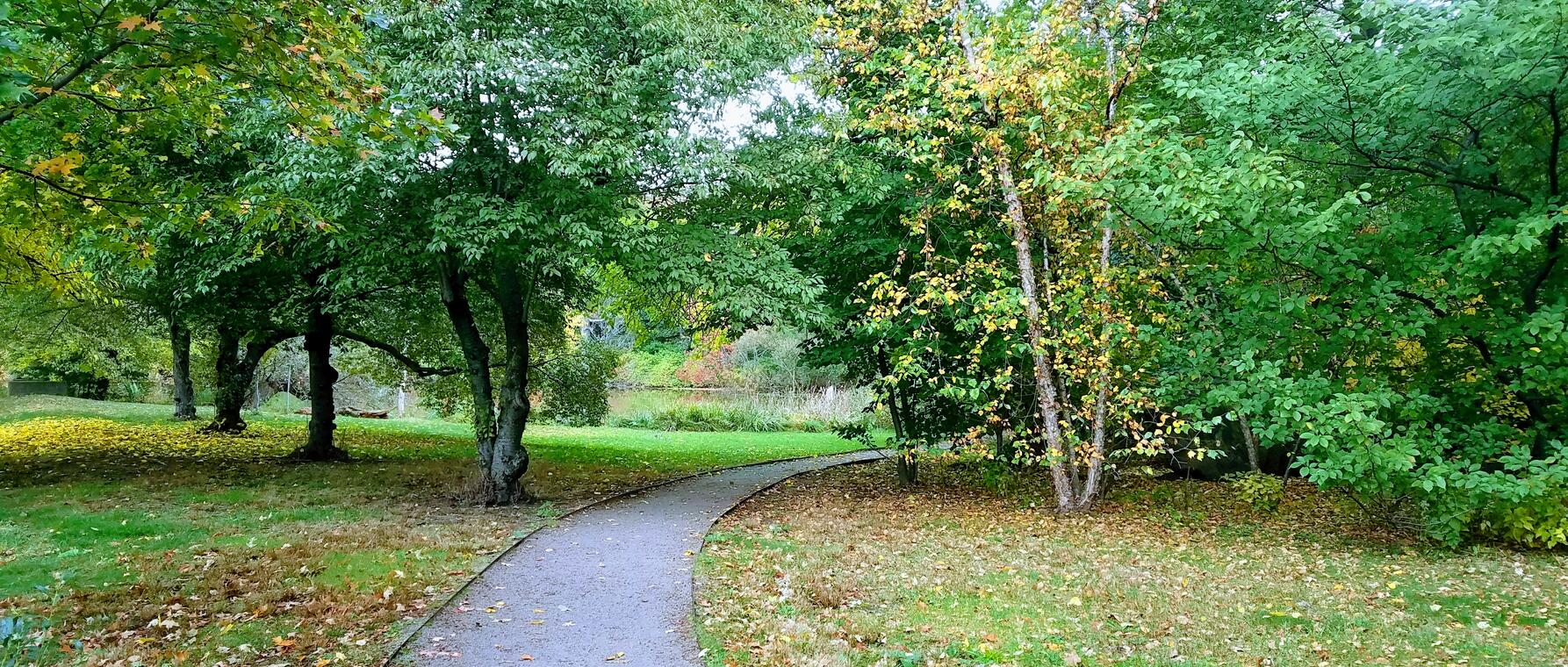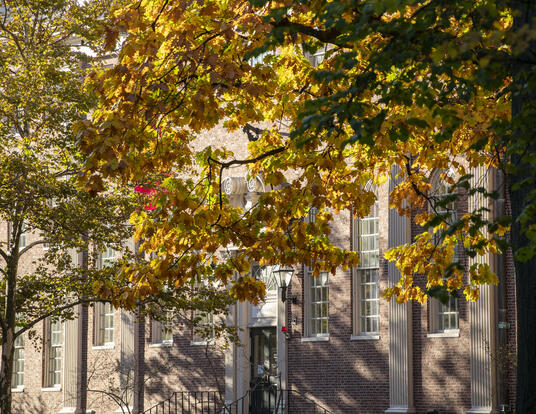All Walks Lead to Writing
Notes from a Writer's Desk

Have you ever found yourself staring at a computer screen, words beginning to blur, hands hovering over the keyboard, only to realize that you are utterly stuck? The more you try to write, the harder it is to concentrate, and the heavier you sink into your chair. One of the best ways to overcome this sedentary gravity is to get up and go for a walk, especially when the warm summer weather beckons. (To be fair, a walk in any New England season, even winter, has its own charm.)
Going for a walk is not merely an idle activity. Or if it is, then it is that very idleness that grants it power. The leisure to think, disentangled from concrete ends, combined with the increased blood and oxygen flow due to the physical exertion, leads to some of our most valuable ideas. As study after study has shown, a walk can boost both creativity and general cognitive function, while helping us clear our minds. Its benefits are many: intellectual, psychological, physical. These outcomes are measurable and practical, and yet, the walk itself need not have any purposeful direction; indeed, a walk without a destination is just as beneficial, if not more so. In other words, aimless wandering can be highly rewarding. We are hardly breaking, or ambling on, new ground here. The connection between walking, thinking, and, yes, writing, has been hailed for millennia and is a core of Peripatetic philosophy. For some, a walk is not just a possible avenue to successful writing; it is a critical component of the writing process itself.
The great thing about a walk is that there are so many variables, and no two are ever exactly the same because no two days are ever exactly the same; the location, the length, the pace, the scenes around you can all change. But whether to let ideas marinate, to take a mental break from a stressful day, to stretch your legs and get steps in, or simply to be out in nature, breathing the open air, try to make some time for walks in your weekly routines. And in case you’re looking for inspiration or a new path to try, we share below some of our own favorite itineraries.
Red Line Adventures
Taking the Red Line to Alewife often helps—though not far, it feels like the suburbs out there, with ponds and plenty of walking trails, including the entry point for the Minuteman Bikeway and, nearby, the 2.5-mile loop around Fresh Pond Reservation. In the other direction on the Red Line, there’s another place I like to meander, Quincy, which for me has the taste of home. There’s the best $10 wonton mian I’ve had in Greater Boston, made by Cantonese people in a restaurant—Saigon Corner—named after a Vietnamese city, as well as plenty of hotpot and bakery options. Writing is always easier with a full belly.
—Jialu Bao
Hall’s Pond: A Hidden Gem
One of my favorite walks is the short loop around Hall’s Pond in North Brookline. If you get off the Green Line C branch at Hawes and cut through a small alley, you will reach Amory Park, which is nice enough in itself—a large field with a walking path, space for people to lie in the sun or put up volleyball nets, and romping dogs of all sizes. But take just a few more steps through the black metal gates and you enter another world entirely. Hall’s Pond is truly a sliver of history, preserved in the center of the city. A piece of the white cedar swamp that originally covered most of North Brookline, Hall’s Pond is a reminder of how drastically Boston’s expansion has altered the environment here. It is also a small miracle. After stepping through the gates, you follow the gravel path and wood-plank boardwalk through boughs of cherry trees and drooping willows along the edge of this preserved wetland. In my many visits to the pond I have seen great blue herons preening on decaying logs, cormorants diving for fish or sunning their wings, wood ducks gliding through the water, and painted turtles clambering among the lilies, some smaller than the palm of my hand. Stepping into this unique ecosystem feels like a gift from someone in the past who believed in the beauty of swamps. The walk around Hall’s Pond itself is short—traversable in less than ten minutes by an average walker and faster for the power-walker who doesn’t look around—but it rewards the patient observer and those who return. I must have visited the pond hundreds of times since I have lived here, yet it was only this summer that, at dusk, I saw a pair of night herons swoop in to perch on the dying tree, their pale gray bodies almost invisible in the fading light.
—Josephine Reece-Stone
Cambridge Campus, Boston, and Halibut Point
For me, it is often a walk that allows an idea to congeal into something more coherent. But I also enjoy going for a walk simply to get outside. When on campus, I like to venture in different directions—sometimes to the river and across the Weeks Footbridge to the Business School, sometimes toward the Law School and back through Radcliffe. Other times, I enjoy getting away from campus. On a nice day, I’ll take the M2 shuttle to the Beacon Street stop (or if I have time, walk down the river and over the Harvard Bridge—confusingly, the one by MIT), then stroll down Newbury Street to the Public Gardens and the Boston Common, often pausing beneath one of the willow trees. The Harborwalk, too, offers miles of paths along the Boston shoreline, as well as good stopping points along the way (e.g., in Charlestown, or at Castle Island, itself a great place to take a walk). On a weekend, with or without notebook in tow, I occasionally like to venture farther away, including to Halibut Point State Park, at the edge of Rockport. There, after working your way past an old quarry and down to the beach, you arrive at a field of massive granite stones strewn hither and thither. It’s a striking vista and a peaceful spot to picnic, or read and write, or simply sit and listen to the lapping waves and scurrying gulls.
—Christopher Brown
Other Walks
There are many other places in the Boston area and beyond with dedicated walking paths and peaceful scenery. Here are just a few additional walks, some accessible from campus and others a bit farther away, that you could check out.
Greater Boston:
- Arnold Arboretum (Boston)
- Charles River Esplanade (Boston)
- Mount Auburn Cemetery (Cambridge)
- Middlesex Fells Reservation (Malden, Medford, Melrose, Stoneham, Winchester)
Day (or longer) trips:
- World’s End (Hingham, MA)
- Cape Cod National Seashore (various towns in Cape Cod, MA)
- The Cliff Walk (Newport, RI)
- Marginal Way (Ogunquit, ME)
While you’re out walking, you may feel like stopping to read somewhere; check out our past list of summer reading spots for some ideas. And we’d love to hear from you as well! Let us know if you have a favorite walk of your own that we’ve left off our list by writing back to us as gsas-fwc@fas.harvard.edu.
Banner photograph by Josephine Reece-Stone
Ready to book an appointment with FWC staff? Access the FWC intake form.
Get the Latest Updates
Join Our Newsletter
Subscribe to Colloquy Podcast
Simplecast





